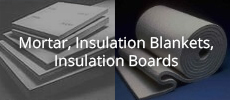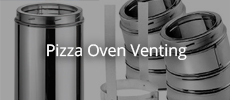No worries - glad if I can help. I'm only using the blocks because I'm trying to save some pennies, plus I'm too lazy to mess about with vermiculite concrete
 I'm probably going to use them for my enclosure too, because they're easy to build with and will act as handy insulation too. Watch this space!
I'm probably going to use them for my enclosure too, because they're easy to build with and will act as handy insulation too. Watch this space!









Leave a comment: